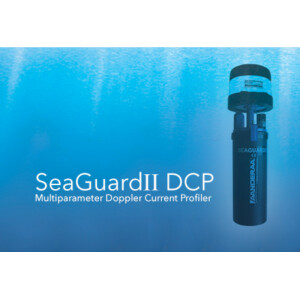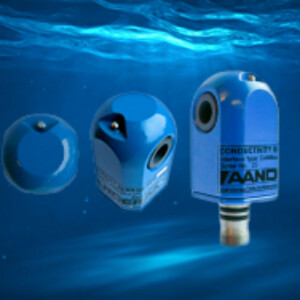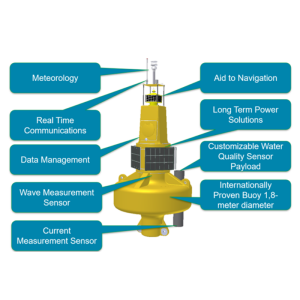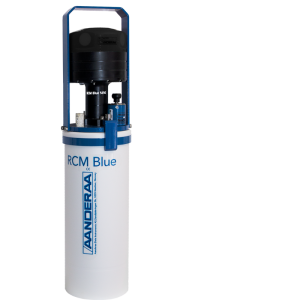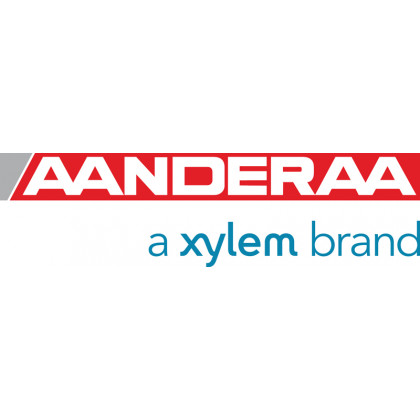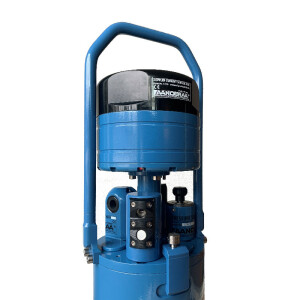
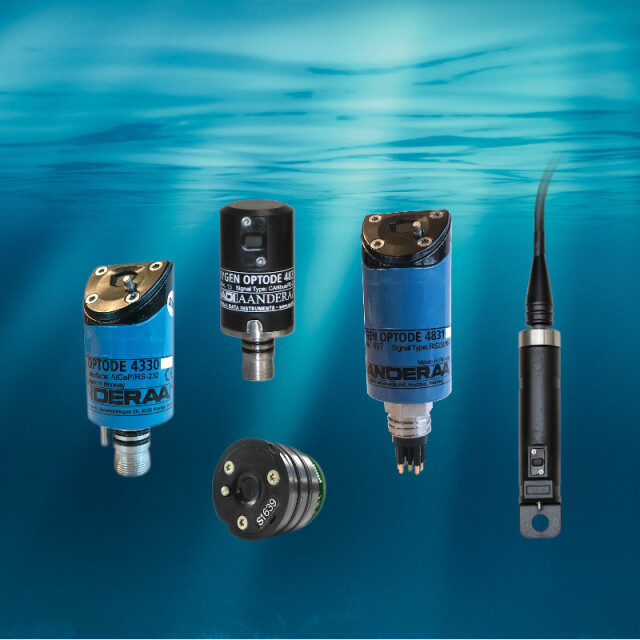
Oxygen Sensors
The Aanderaa Oxygen Optodes were the first to measure dissolved oxygen for years without drift - now it is even more stable!
Aanderaa revolutionized oceanographic oxygen monitoring/research with the introduction of oxygen Sensors in 2002. Applications range from shallow creeks to the deepest trenches, from tropical to in-ice/in-sediment measurements. The oxygen sensor is designed to measure absolute oxygen concentration and % saturation. The sensor can be used from streams to the deep sea, fish farms to wastewater, and polar ice areas to hydrothermal vents.
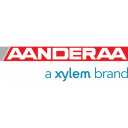
Description
Aanderaa revolutionized oceanographic oxygen monitoring/research with the introduction of oxygen Sensors in 2002. Applications range from shallow creeks to the deepest trenches, from tropical to in-ice/in-sediment measurements. The oxygen sensor is designed to measure absolute oxygen concentration and % saturation. The sensor can be used from streams to the deep sea, fish farms to wastewater, and polar ice areas to hydrothermal vents.
These sensors are based on the ability of selected substances to act as dynamic fluorescence quenchers. The fluorescent indicator is a special platinumporphyrin complex embedded in a gas-permeable foil exposed to the surrounding water. This sensing foil is attached to a glass window providing optical access to the measuring system from inside a watertight housing. The sensing foil is excited by modulated blue light; the sensor measures the phase of the returned red light. For improved stability, the sensor also performs a reference phase reading by use of a red LED that do not produce fluorescence in the foil. The sensor has an incorporated temperature thermistor which enables linearization and temperature compensation of the phase measurements to provide the absolute O2-concentration.
Compared to the PSt3 foils that have so far been used on most deep-water optodes, the FDO701 foils are more rugged, a factor of 2-3 more stable, and less affected by pressure, figure 1 and 2). Further, they show no dry-out/wetting effects and can detect trace amounts (nM) of oxygen in low-oxygen environments.
Aanderaa Optodes are fitted with pre-burned foils and automatically calibrated in 40 points (8 O2-concentrations at 5 temperatures, figure 3). For reference, three fully Winkler-calibrated optodes are used to ensure the sensors fulfill the highest standards for accuracy.
Do you have questions about this product?
- Questions about price, availability, and/or retailers
- Questions about technical specifications and usage
- Questions about suitability for your project or application
Specifications
-
General
-
Application
